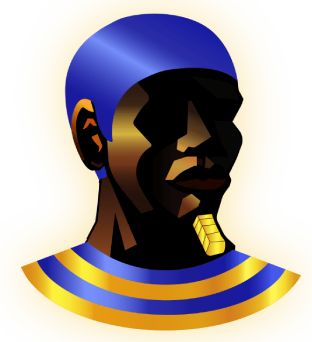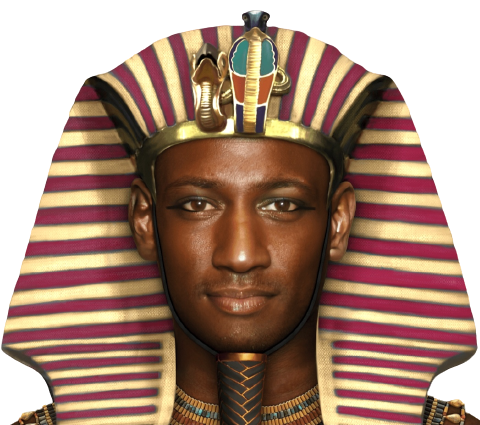
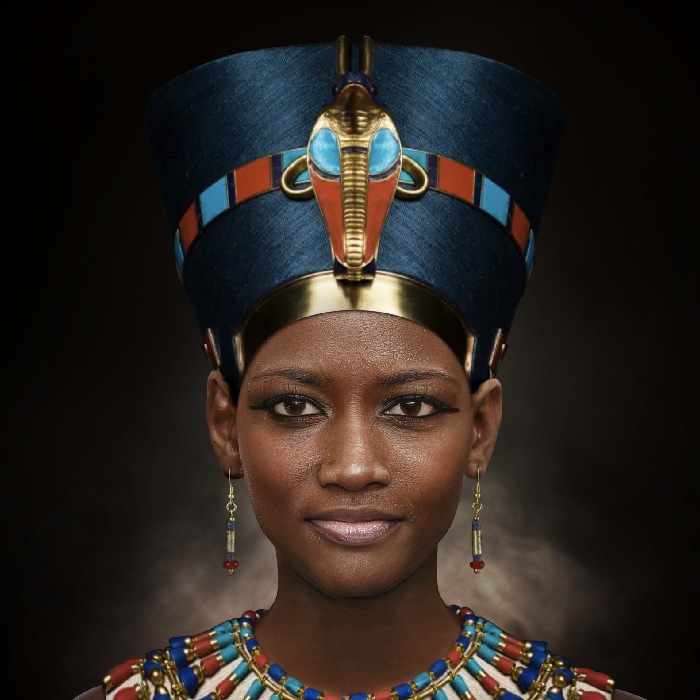
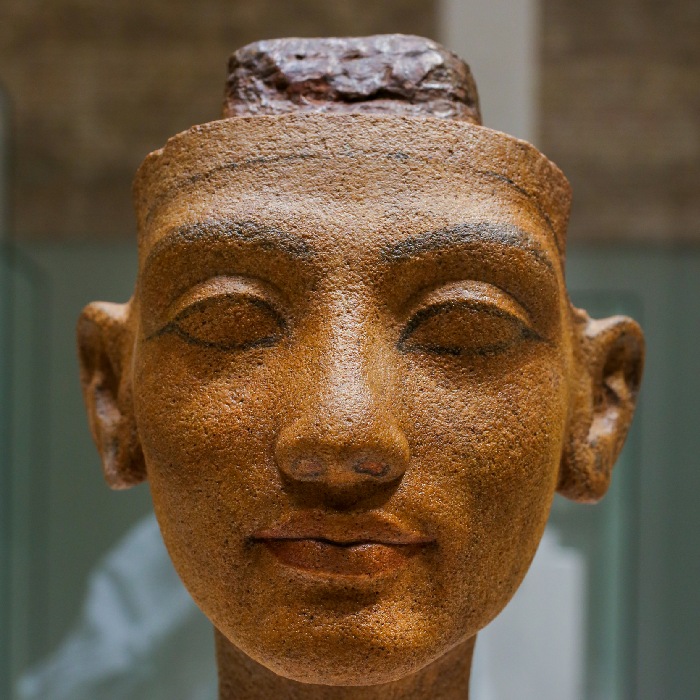

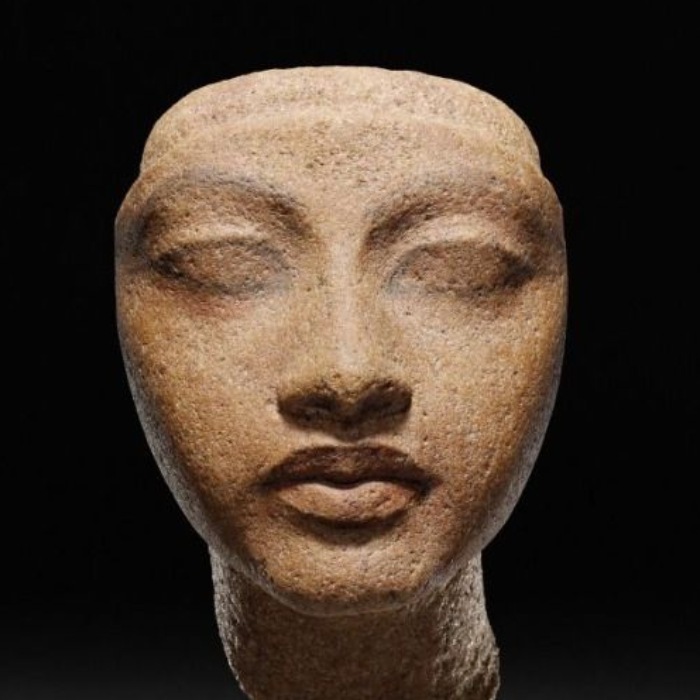
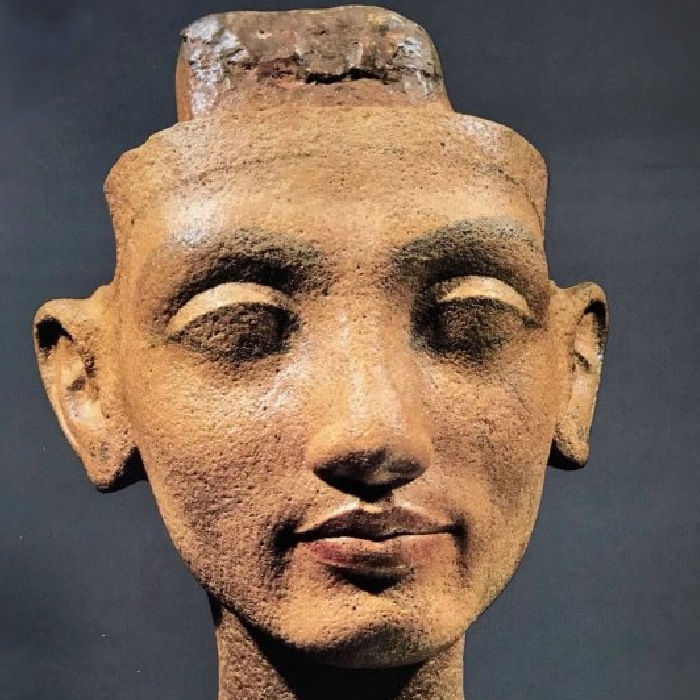
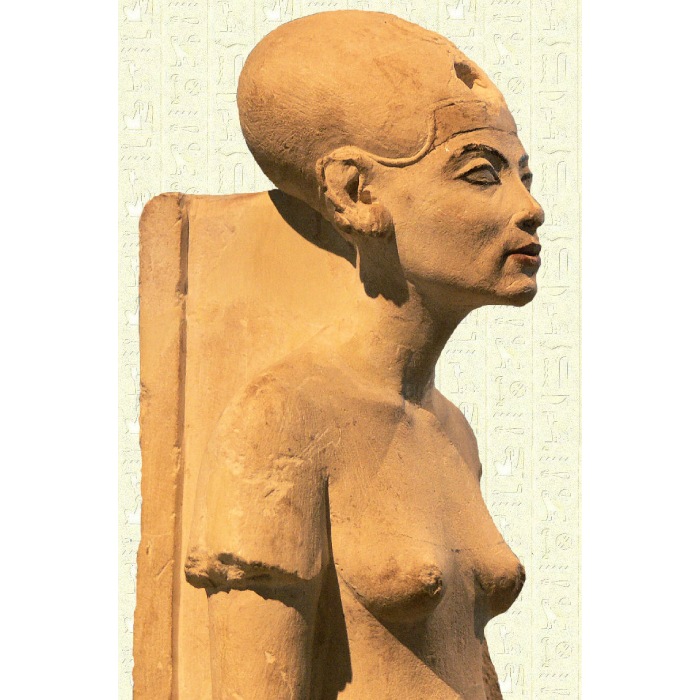
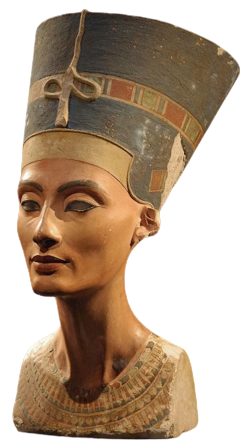
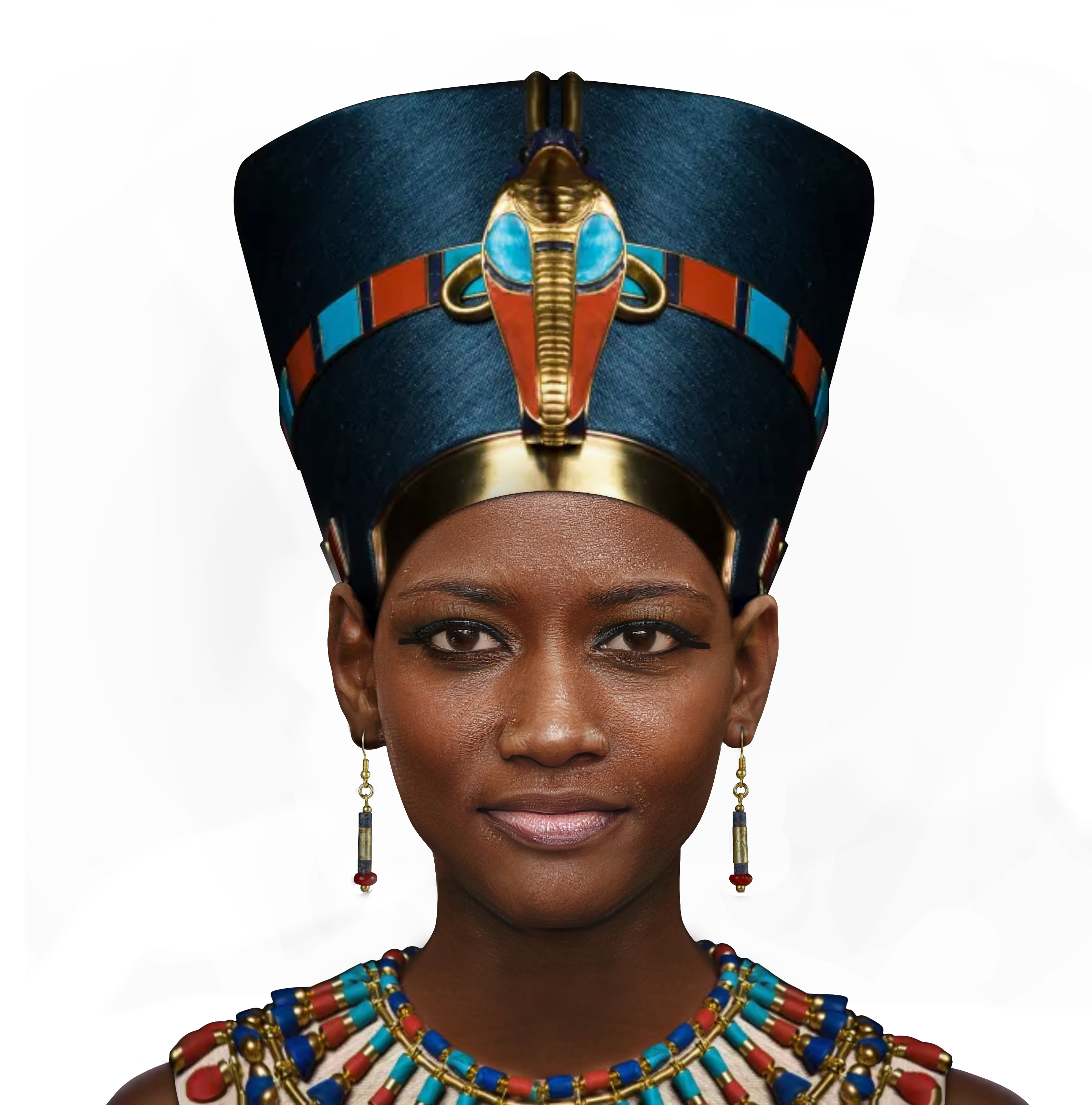
Born
1999
Reign
1391–1353 or 1388–1351 BC (18th Dynasty)
Children
Thutmose Amunhotep IV/Akhenaten Sitamun Iset Henuttaneb
Father
Thutmose IV
Mother
Tiaa
Thutmose IV was born accomplishment was the rese’s account on the Dream Stele, while the young prince was out on a hunting trip, he stopped to rest under the head of the Sphinx, which was buried up to the neck in sand. He soon fell asleep and had a dream in which the Sphinx told him that if he cleared kingshipele in orderactually the crown prince and Amenhotep II’s chosen successor to the throne. Some scholars speculate that Thutmose ousted his older brother in order to usurp power and then commissioned the Dream Stele in order to justify his unexpected kingship. Thutmose’s most celebrated accomplishment was the restoration of the Great Sphinx of Giza and subsequent commission of the Dream Stele. According to Thutmose’s account on the Dream Stele, while the young prince was out on a hunting trip, he stopped to rest under the head of the Sphinx, which was buried up to the neck in sand. He soon fell asleep and had a dream in which the Sphinx told him that if he cleared kingship
